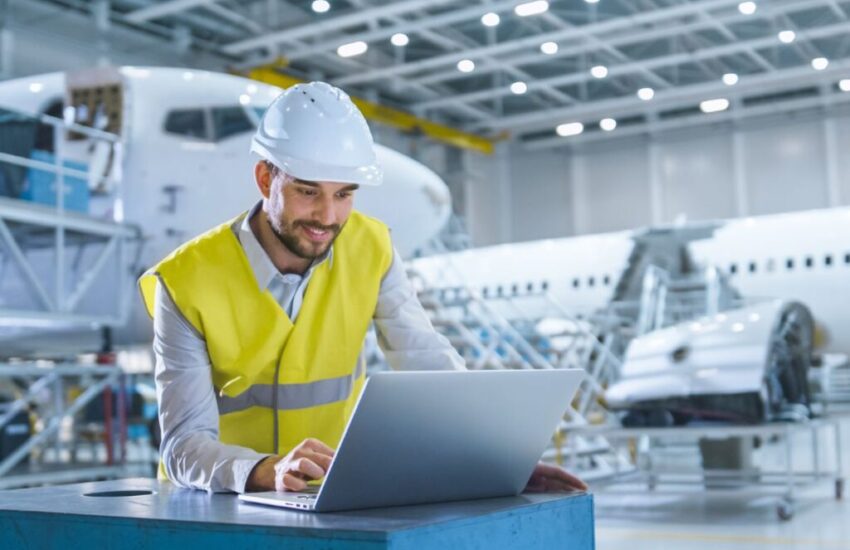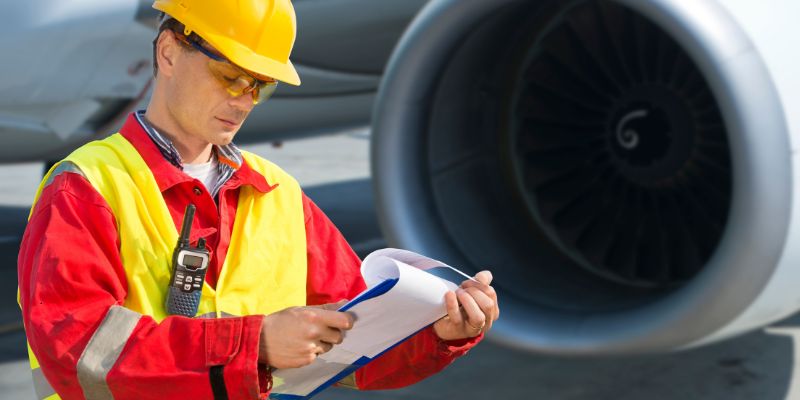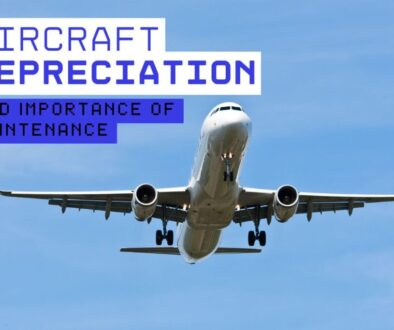Aircraft Safety Checks: A Comprehensive Guide Made Simple

Published February 6, 2025
Aircraft safety checks are key to keeping planes safe, efficient, and ready to fly. These inspections help identify issues before they become serious problems, ensure compliance with aviation rules, and keep everyone onboard safe. Understanding how safety checks work is essential whether you’re a pilot, aircraft owner, or aviation pro.
This guide breaks down why safety checks matter, what types there are, and how to perform them effectively.
Why Aircraft Safety Checks Are Important
Planes operate in tough environments. They face extreme weather, high speeds, and long wear and tear. Even small issues can quickly escalate if ignored. Safety checks are designed to catch these problems early on.
Here’s why they’re non-negotiable in aviation:
- Spot Problems Early: A loose bolt or worn tire may seem minor but can snowball if it’s not fixed.
- Keep Planes Running Smoothly: Regular inspections help the aircraft perform better and prevent unexpected breakdowns.
- Stay Legal: Aviation authorities, like the FAA, require strict maintenance schedules to keep planes airworthy.
- Protect Lives: Above all, these checks keep passengers, pilots, and crew safe in the sky.
Skipping inspections could mean risking lives, failing regulations, or facing costly repairs later. Staying on top of your checks saves time, money, and worry.
Types of Aircraft Inspections
Not all safety checks are the same. Inspections vary based on when they’re done, how detailed they are, and why they’re needed. Here’s an overview of the main types.
1. Pre-Flight Inspections
Before every takeoff, pilots or crew perform a pre-flight inspection. This quick yet thorough check ensures the plane is ready to go.
What’s Included:
- Visually inspecting the exterior for damage or wear.
- Checking fuel levels, oil, and other necessary fluids.
- Testing cockpit instruments to make sure they’re working properly.
- Verifying tires, brakes, and control surfaces are in good condition.
Why It Matters: Think of it like checking your car before a long road trip. A quick look can reveal leaks, loose parts, or anything that could go wrong in flight.
For example, if a pilot notices a crack in the windshield during a pre-flight check, they can address it on the ground—avoiding a mid-air emergency.
2. Daily Inspections
Aircraft that fly multiple times in one day need daily inspections, also called “turnaround checks.” These happen after each flight or at the start of the day.
What’s Included:
- Inspecting tires, brakes, and landing gear for wear.
- Checking hydraulic fluid levels and oil.
- Scanning for surface damage.
Why It Matters: Imagine a commercial jet landing after several busy flights. A daily check ensures it’s still in top shape before the next takeoff. It prevents small issues from piling up over a long day.
3. Periodic Inspections
These are scheduled, more in-depth inspections done at specific intervals. They keep the aircraft healthy over time and are often tied to flight hours.
Common Types:
- 50-Hour Inspections: Focuses on key systems like the engine and propeller.
- 100-Hour Inspections: A detailed review of the entire aircraft, from the airframe to electrical systems and avionics.
Why It Matters: Periodic inspections dig deeper to unearth hidden problems. For example, a technician might remove an engine cover during a 100-hour check to find possible oil leaks or worn components.
4. Special Inspections
Not every inspection follows a schedule. Special inspections occur when unusual events happen, such as a lightning strike, hard landing, or long-term storage.
What’s Included:
- Focusing on areas likely affected by the event, like avionics systems after a lightning strike.
- Confirming the plane is safe to operate again.
Why It Matters: If a plane’s been sitting in a hangar for months, its systems need extra attention. Special inspections make sure wear-and-tear, storage conditions or unexpected events haven’t caused unseen damage.

Simple Tips for Effective Inspections
Safety checks work best when done consistently and correctly. Here are some easy ways to keep inspections on point.
- Follow a Checklist: Always use a guide specific to your aircraft. This ensures nothing important is overlooked.
- Document Everything: Write down findings, repairs, and maintenance performed. These records are essential for regulatory compliance, too.
- Stay Updated: Aviation standards change, so make sure you’re up to date with the latest requirements.
- Inspect in Good Conditions: Adequate lighting and proper tools make all the difference.
- Call in the Pros: Certified mechanics and inspectors can spot issues that might escape untrained eyes.
For example, you might notice a loose wire during your pre-flight check, but an expert could identify that it’s part of a larger electrical issue.
Why Palm Beach Avionics Should Be Your Go-To
Aircraft rely heavily on avionics systems like navigation, communication, and autopilot to ensure safe flights. Keeping these systems in perfect shape takes specialized care—and that’s where Palm Beach Avionics comes in.
What Makes Palm Beach Avionics the Best?
- Expert Diagnostics: Their certified technicians can quickly pinpoint issues with navigation tools, autopilot systems, or radios, ensuring everything works as it should.
- Top-Notch Repairs: They tailor solutions to your aircraft, from fixing antennas to upgrading avionics with modern tech.
- Custom Plans: They’ll help you build a maintenance routine that matches how and when you use your plane.
At Palm Beach Avionics, it’s all about accuracy and safety. They understand that even a small glitch in a plane’s avionics can cause big problems. That’s why they go the extra mile not just to repair systems but also to enhance them, so you fly with peace of mind every time.
Wrapping Things Up
Aircraft safety checks aren’t just routines—they’re lifesavers. Whether it’s a pre-flight check, a daily inspection, or a detailed 100-hour review, each plays a crucial role in keeping planes safe.
By following a solid inspection schedule and partnering with experts like Palm Beach Avionics, you add an extra layer of reliability to every flight. Together, these steps not only protect lives but also keep your aircraft performing at its best.
Remember, safety starts on the ground. Stay diligent, follow the guidelines, and always prioritize proper maintenance—you’ll ensure smoother, safer skies for everyone. Fly smart, and fly safe!
40+ Years Serving South Florida in Avionics and Aircraft Maintenance
Palm Beach Avionics has been dedicated to providing top-notch avionics and aircraft maintenance services in South Florida for over four decades. Our team of highly skilled professionals takes pride in delivering exceptional quality workmanship, ensuring the safety and reliability of every aircraft we service.

Fact Checked For Accuracy
Our team has fact-checked this article for accuracy. Read about the editorial standards we employ on our website to ensure your safety and wellbeing.

About The Author
Rei Bayucca is a private jet enthusiast and professional writer. With many years of experience, she crafts articles that educate and inform her readers.

